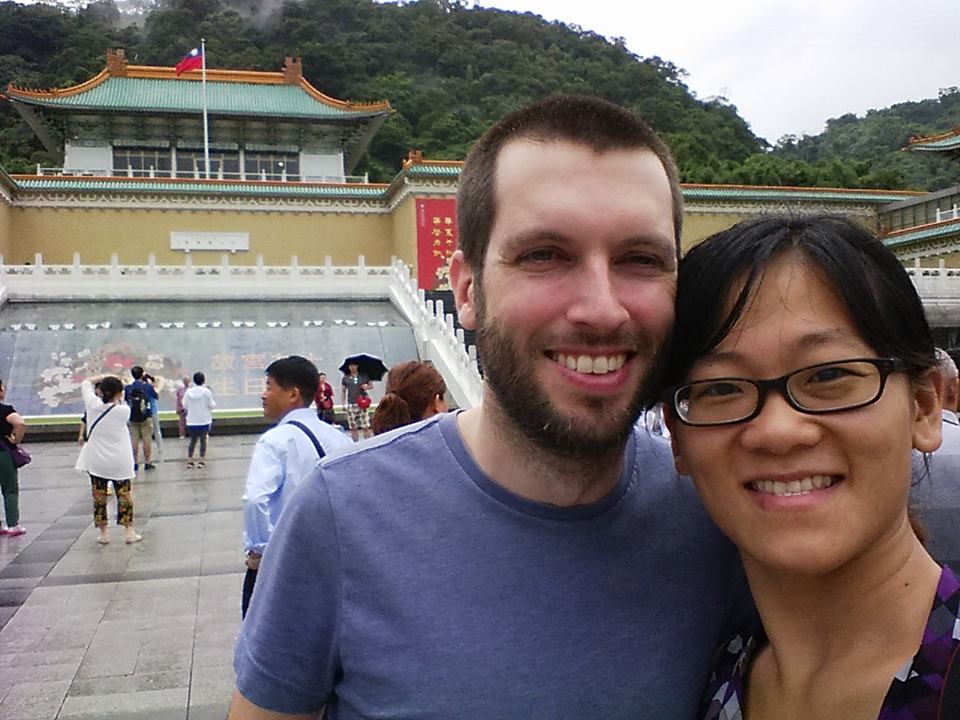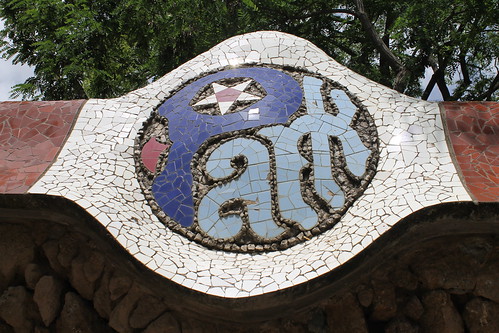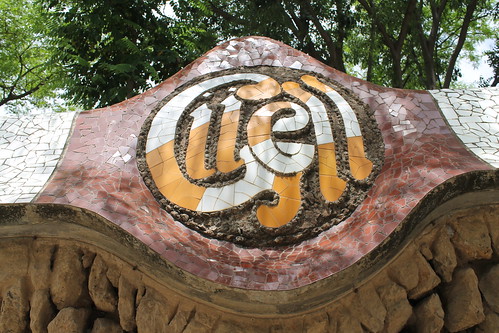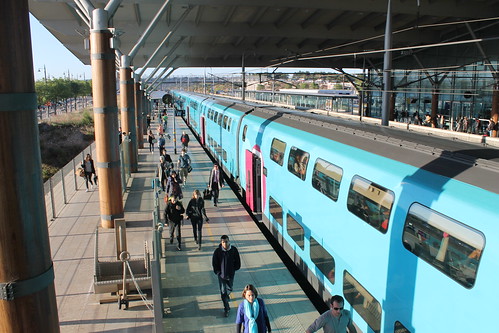Rome was hot and sunny. We have baked under the sun, trod through her streets, and walked underground beneath her buildings. We have watched many of her sunsets, but only one of her sunrises (it is usually too early for that). This was certainly the most anticipated city, but even a whole eight nights, the longest we’re staying in any one city, wasn’t enough to see everything we wanted to see. To sum up our Rome trip, we alternated Pope Days, which require a bit more modest clothing with long pants and t-shirts or shoulder-covering shirts, with Ancient Days, which generally require more sunscreen and hats since we’re out there walking from “hot ruin to hot ruin”. Steve was also slightly more enthusiastic about Pope Days, his bailiwick being more the history of early Christianity, and I of course wanted to come to Rome mainly to see the classics sites from 2,500 or so years ago, but we have a good overlap of interest in those respective topics.
I’ll get right to our favorite, the Vatican Scavi tour, which is actually a nice combination of our two interests. I think few people know that under the world-famous St. Peter’s Basilica (level one) is a church originally dedicated by Constantine in the 300s AD, and that church itself (level two) was raised above St. Peter’s tomb, which is among a hillside of Roman mausoleums (level three). This was certainly all news to me, but we learned about it during a 90-minute tour that was probably the best bang for buck we’ve spent on the trip.
The visit itself was a re-do for Steve from the last time he was in Rome, which was roughly 15 years ago. The process has not really changed, either. We wrote an email with our availability, and were sent a few dates in response. Then we had to follow another link and pay so that we would be able to go. Days were selling out even months ago! So we were really glad this was all planned in April and May. We had a little trouble figuring out where to go, but after some confusion, we followed the correct police checkpoint on the left side of St. Peter’s Basilica and presented our credentials to the Swiss Guard. The Swiss Guard, by the way, had some fabulous summer costumes on – floofy velvet hats, yellow, red, and blue ribboned pants and shirts, not to mention a very sharp pike in hand. We almost wanted a picture with one!
Inside the Scavi, we and thirteen other guests were greeted by an effusive lady named Daniela who gave us very long explanations of everything as well as some very dry jokes. After some introductions about the history of the building, we directly descended from the level just under St. Peter’s Basilica to the underground scavi. Here, it was damp, cool, and musty. Unexpectedly, we found ourselves walking through what was obviously some narrow paths beside small cottages that were Roman mausoleums. Entire families were buried there, and clear marble inscriptions said that they were for particular families, children, their freedmen and freedwomen as well. We had to duck to pass the doorways in some to look at the mosaics or the wall niches inside which held room for urns of ashes and bone. Outside, we could clearly see some beautiful fresco decorations on the wall, and one that looked like a delicate bird held my attention for a full five minutes. What’s amazing to me is that nobody knew anything about these mausoleums until after World War II. They were only initially excavated in the 1940s to locate the exact remains of St. Peter, and it took a long time to figure out which bones were his, exactly. It turns out that there was a wall built on top of the marble box that was his grave, initially constructed as a part of the wall for the church dedicated by Constantine in the 300s AD. The box itself was empty, but the wall had a cavity which contained a human skeleton, which the church now believes to be the remains of St. Peter.
When the tour ended, we were inside St. Peter’s Basilica proper, which we then walked into. First, we saw the Vatican Grottoes, which is on the second level. We saw plenty of sarcophagi of former popes, which varied from the very Baroque and flowery bronze and gold cover to very worn marble effigies which looked simple and austere. Then we emerged to the upper level, into the church itself. St. Peter’s is vast. We have seen plenty of churches, and most of them could fit inside St. Peter’s Basilica. There were many statues, especially of marble carved to resemble fabric, like an angel or a saint with flowing robes carved of red marble. Around the frieze just under the ceiling, the immortal words of Jesus to St. Peter were carved: “Tu es Petrus et super hanc petram aedificabo ecclesiam meam,” meaning “You are Peter, and on this stone (which is what Peter means) I will build my church.” There were also areas roped off for worshippers rather than idle tourists like ourselves. I even saw several confessional booths which were labeled with the different languages to which they catered – you could make your confession to a priest at St. Peter’s in English, Italian, French, and more. It’s neat things like that that make you appreciate being in a place of such international importance.
The other main draw was the Vatican Museums, which was the first thing we saw in Rome on our first full day here. It was a five-hour haul through these museums, the most impressive and large but also exhausting museum that we saw on our entire trip. Steve happened upon the right tickets online, so we jumped on it, and hustled off to the Vatican, evading touts and ticket scalpers all along the perimeter of Vatican City itself. Inside, the museums were an amazing array of everything that every pope has ever commissioned, acquired, or received as a present from various dignitaries and artists throughout the centuries. There were ancient statues like the original of Laocoön and His Sons, which you can tell is the original, because the hands of the children are lost. There are entire rooms of red and black Etruscan pottery from the 400s and 500s BC, amazing in their exquisite detail, of mythological figures or just merrymakers. It would probably take a lifetime to even just walk through every single room and look at each thing that was made more than two thousand years before you were born. One of my favorites was the Gallery of Maps, which was a very long room with exquisite maps painted on the walls of various parts in Italy, in gold and blue. The Vatican Museums was arranged in one long guided route which went one direction and ended up in the Sistine Chapel, and for most of the time, we were swept along by a tide of international tourists. Families from every country on earth it seemed like fanned themselves and chattered to each other or silently followed a tour guide with an upheld flag, listening to the guide through their Bluetooth headphones in different languages. We stepped out of that river of humanity several times to closely examine maps of Sicily or of ancient ports like Brundisium and Ostia.
One of the largest crowds was in the rooms of frescos by Raphael, including the famous School of Athens. It depicts many philosophers known to the Renaissance all arrayed in a marble courtyard, at its center Plato with one finger pointed at the sky and Aristotle with his hand facing down, five fingers splayed. I know the painting well, since I completed a 1,000 piece puzzle of the painting several years ago (not the conventional way of getting to know a piece of art, I know). In person, it’s very satisfying, being the entire width and height of a wall. It also depicts many other philosophers including Diogenes, Epicurus, Pythagoras, and more. I enjoyed that almost more than the final room that most people come to the Vatican to see: the Sistine Chapel. With its immense ceiling by Michaelangelo and surrounding frescos, the Sistine Chapel is more often known as an art gallery, but the truth is that it’s first and foremost a chapel for the Pope. In the Vatican, this is also the place that the cardinals gather to select the pope. However, most days, it is filled with hundreds of tourists (being a rather large room), who are all ushered to the center of the room so as not to impede traffic around the edges of the room. Everyone is gazing at the ceiling, trying to make sense of paintings besides the obvious one that everyone knows (Adam limply brushing the finger of God as an old man). And there’s an amazing amount to see. Possibly more because you’re not actually allowed to take photos in the Chapel. Every five minutes, there’s some guard yelling “No photo!” at some poor lady, which kind of makes it difficult to enjoy the sacred space, but anyway, some people get selfies in anyway. Either way, I appreciate the chance to just look at things. All around the chapel are larger frescos, and the frescos that run lengthwise depict the corresponding events in the lives of Jesus and Moses. There are also paintings of Old Testament prophets like Ezekiel next to paintings of the Delphic Sybil and other Sybils who are also regarded as having predicted the coming of Jesus. All in all, it’s quite a dizzying room, and you can only hold your neck at an angle for so long. At the end of an entire afternoon filled with dazzling art and beautiful examples, it’s in fact difficult not to fall asleep on your feet.
Of course, we enjoyed our time seeing these glittering examples of antiquity and the Renaissance, but it’s a word of warning to the wise: ration your time in museums, and give yourself plenty of time to recover just by sitting around and enjoying the gorgeous light and people-watching in this city. When it comes to museums, there is more than enough to keep you occupied for a whole day, but you only have so much attention and time, so keep your eye on the time.
More to come: Ancient Days in Rome and all the amazing food we ate!





